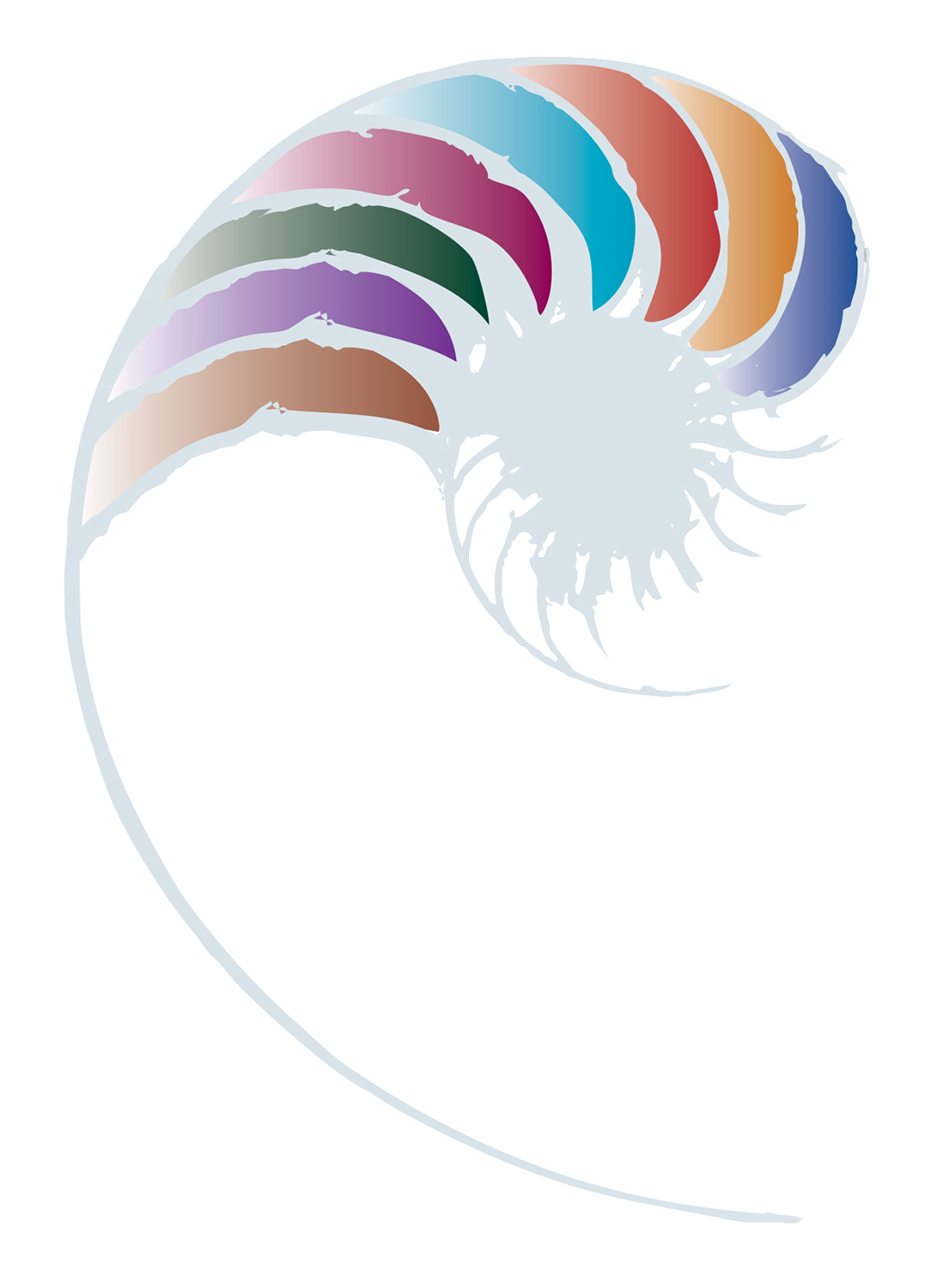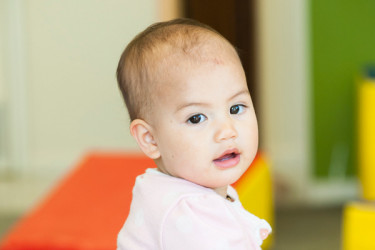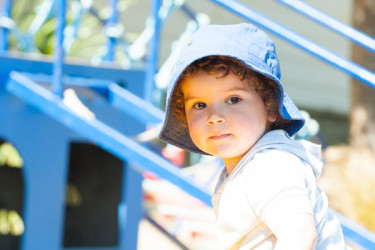A curriculum for all children
This section is from pages 12–15 of Te Whāriki: He whāriki mātauranga mō ngā mokopuna o Aotearoa Early childhood curriculum. This resource is part of the “Te Whāriki strands and principles” set. See the resource carousel below for more.

Ehara taku toa i te toa takitahi engari he toa takitini.
I come not with my own strengths but bring with me the gifts, talents and strengths of my family, tribe and ancestors.
In Māori tradition children are seen to be inherently competent, capable and rich, complete and gifted no matter what their age or ability. Descended from lines that stretch back to the beginning of time, they are important living links between past, present and future, and a reflection of their ancestors. These ideas are fundamental to how Māori understand teaching and learning.
In Te Whāriki children are positioned as confident and competent learners from birth. They learn by engaging in meaningful interactions with people, places and things – a process that continues throughout their lifetimes.
This curriculum acknowledges that all children have rights to protection and promotion of their health and wellbeing, to equitable access to learning opportunities, to recognition of their language, culture and identity and, increasingly, to agency in their own lives. These rights align closely with the concept of mana.
This section sets out expectations of inclusive and responsive practice that acknowledges diversity. A fundamental expectation is that each service will offer a curriculum that recognises these rights and enables the active participation of all children, including those who may need additional learning support. Attention is given to broad characteristics of infants, toddlers and young children and the implications of these for curriculum.
See Materials that come with this resource to download Te Whāriki - Early childhood curriculum: A curriculum for all children (.pdf).
- Identity, language, and culture
- An inclusive curriculum
- Infants, toddlers, and young children
- Toddlers
- Young children
Learner identity is enhanced when children’s home languages and cultures are valued in educational settings and when kaiako are responsive to their cultural ways of knowing and being. For Māori, this means kaiako need understanding of a world view that emphasises the child’s whakapapa connection to Māori creation, across Te Kore, te pō, te ao mārama, atua Māori and tīpuna. All children should be able to access te reo Māori in their ECE setting, as kaiako weave te reo Māori and tikanga Māori into the everyday curriculum.
Increasingly, children are likely to be learning in and through more than one language. Besides English, te reo Māori and New Zealand Sign Language (NZSL), some 200 different languages are in use in New Zealand, with gagana Samoa, Hindi, Northern Chinese, French and Yue (Cantonese) being the most common. Children more readily become bi/multilingual and bi-/multiliterate when language learning in the education setting builds on their home languages.
It is desirable that children in ECE settings should also have the opportunity to learn NZSL, an official language of New Zealand, and to learn about Deaf culture. For some children, NZSL is their first language, and services have a responsibility to support its use and development.
"The real strength of Te Whāriki is its capacity to establish strong and durable foundations for every culture in Aotearoa New Zealand, and in the world ... Te Whāriki rests on the theory that all children will succeed in education when the foundations to their learning are based on an understanding and a respect for their cultural roots."
About this resource
This section from pages 12-15 of Te Whāriki: He whāriki mātauranga mō ngā mokopuna o Aotearoa Early childhood curriculum sets out expectations of inclusive and responsive practice that acknowledges diversity. Attention is given to broad characteristics of infants, toddlers and young children and the implications of these for curriculum. This resource is part of the “Te Whāriki strands and principles” set. See the resource carousel for more.






